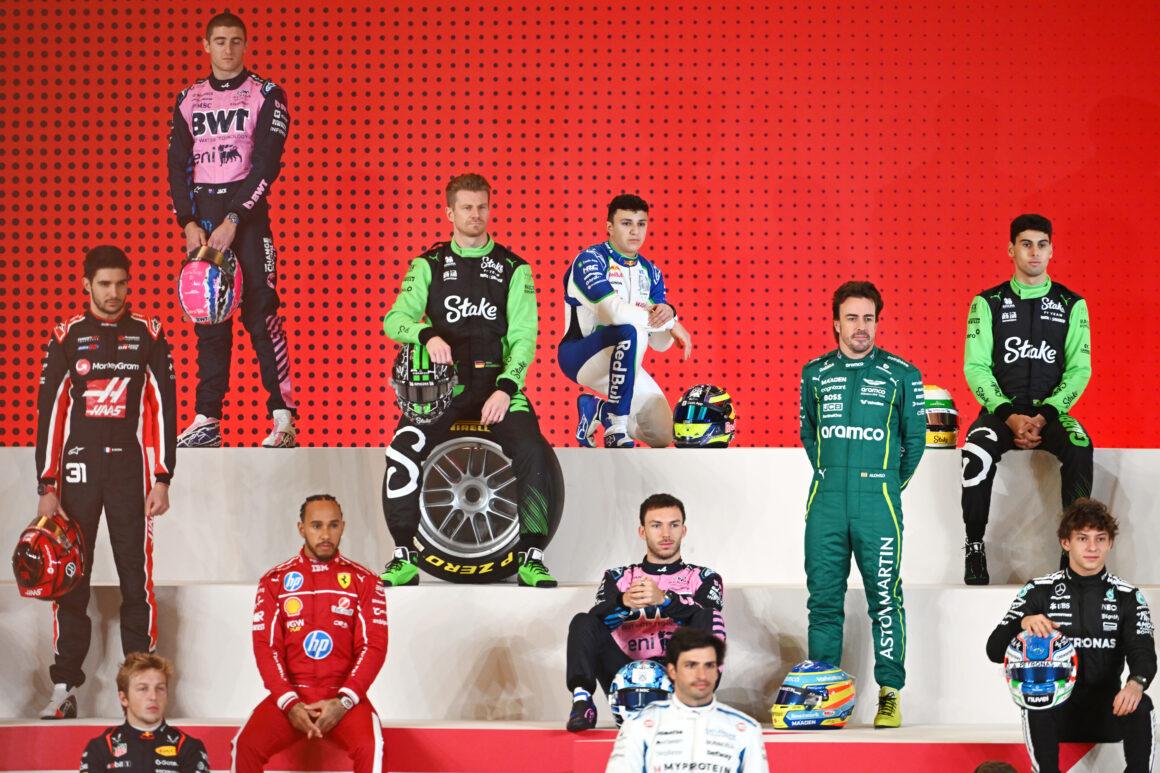The last time a V10 engine was used in an F1 grand prix was in 1997, after the series switched to V8s before changing again to V6 turbos. FIA president Jean Todt has said Formula 1 cannot return to louder V10 or V12 engines in the future, as it would not be accepted. Formula 1 has dismissed any suggestion that it should rethink plans for turbo hybrid engines in favour of going back to screaming V10 power
In the annals of Formula 1, the sound of a V10 engine thundering around a racetrack will always be remembered. These engines were used to power the cars of some of the finest race car drivers between 1988 and 2005. But when and why did F1 cease utilizing V10s?
Alfa Romeo introduced the V10 engine in 1986, however it was never employed in a competitive setting. Due to the 1988 ban on turbocharging, Honda and Renault began to consider the V10 as the best alternative to both the efficient V8 and the potent V12 designs. The 3.0L V10s’ capacity was decreased to 2.4 V8s since it was decided they were too powerful and wasteful.
Kimi Raikkonen‘s qualifying run at Monza, which recorded a timing only 0.5 seconds slower than the lap from the previous year, demonstrated that the 2.4 V8s were a strong match for F1. However, the FIA started introducing limitations to engine rules in the late 2000s and early 2010s, including endurance, unified ECUs, and development freezes. As a result, the V8s became stagnant while the V10s gained power and speed.
In 2014, the engines were downsized to 100kg/h, 1.6L turbocharged units with development token limits. Mercedes had a significant advantage even though the development rules were subsequently loosened and scrapped. The existing engine formula’s uncertain future has forced development to be placed on hold once more.
In essence, F1 was forbidden from going back to the V10 and never did. Due to limits placed on the engines because the turbocharged engines were thought to be excessively strong, the V10s were no longer competitive. The Michelin, Williams, BMW, and Juan Pablo Montoya challenge to Ferrari and Bridgestone in 2000 was one of the finest moments of the V10 era, but because of Ferrari’s supremacy, the V10 period was frequently too one-sided.
When Fernando Alonso commented, “We were lucky to live the best era of Formula 1,” he was absolutely correct. The V10 era had some of the best racing ever, with some of the greatest drivers in history. The F1 of today nevertheless offers an exhilarating and thrilling spectacle, despite the fact that the current engine restrictions are far from ideal.


